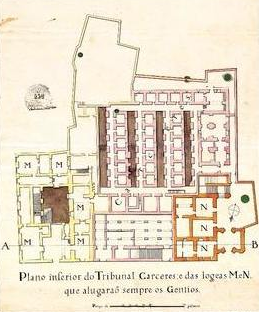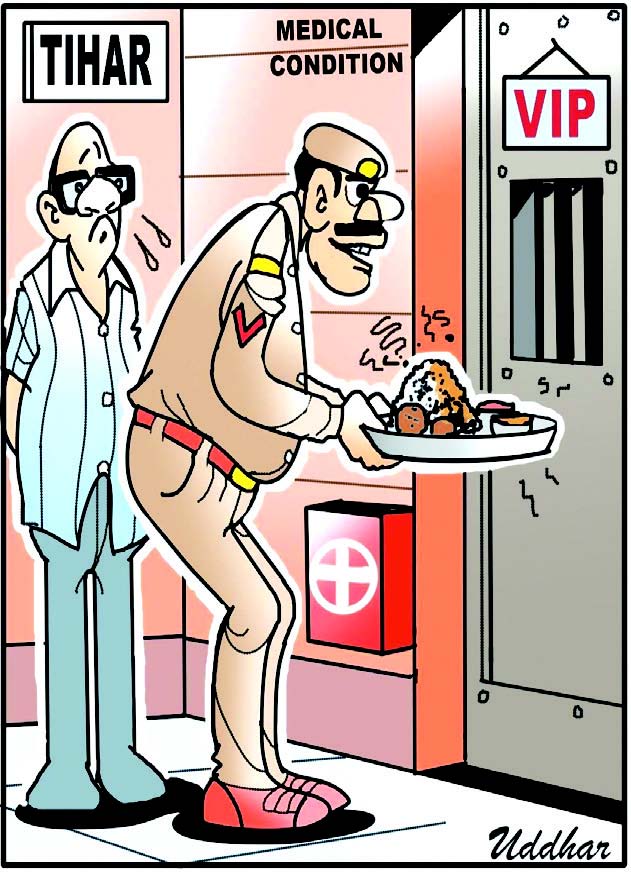
Dale Luis Menezes
How should we read A K Priolkar in 2020? Or, more importantly, how should we understand ‘his’ interpretation of Christianity and the Inquisition in Goa? Two important aspects of Priolkar’s methodology need to be borne in mind: the ideological context of the mid-twentieth century when he wrote, and his reliance on a sparse collection of facts.
Priolkar based his understanding of Christianity on the nationalist ideology of ‘foreign’ religions. Many Indian nationalists considered Islam and Christianity as ‘foreign’ and antithetical to the idea of swadeshi. They thought that Indians would convert to Christianity only if given material gifts, or through fear and violence. Hence, it is not surprising that Priolkar generalises about conversion to Christianity only on the basis of violent events. Marry this swadeshi politics with the Black Legend (as I wrote previously), that is, exaggerated accounts of violence and oppression, of the Inquisition and the colonial state, and one gets a potent cocktail for anti-minority politics in Goa. Who will bell this cat?
In addition to Indian nationalism, the politics of anti-clericalism inherited from European liberalism, especially Southern European liberalism since the twentieth century influenced Priolkar’s interpretation, thus conflating Christianity with the history of the Inquisition. Hence, the Black Legend was the main interpretative framework in his analysis. By limiting his study of the Inquisition to very few sources, Priolkar made the broader suggestion that the practice of the Christian faith, then and now, lacked any spiritual motivation. He argued that all conversions were forced and the result of the fearful hold exerted by the Inquisition on the populace, so that those who embraced Christianity did it only out of fear.
While critics of the Inquisition are right to draw attention to the issue of force in conversions, historians have pointed out many more reasons why people converted. Ângela Barreto Xavier, for instance, highlights the pre-existing caste relations that created conditions where the underclasses sought a new social life through Christianity. In addition to spiritual and subjective reasons, they tried to escape the stranglehold of caste and landlordism, and even patriarchy in the case of women. Violence, therefore, was not a prerequisite for the spread of the religion. In early modern as in later times, there are several examples where persons interacted with Christianity outside the realm of violence. Indeed, the religious hybridity visible in the Kristapurann (1616 onwards), and surrounding the veneration of St Francis Xavier, are good examples.
In any case, only highlighting the violence in Goa’s colonial history does it a disservice, and is a source of misinterpretation and misinformation. If the Goa Inquisition pursued a coherent repression of all non-Catholic religiosities and identities, why would it rent out shop spaces of its Palace to Hindu merchants? An architectural plan of the headquarters of the Tribunal, based in the old and now-demolished palace of Adil Shah in Old Goa, was drafted by a Brazilian engineer João Baptista Vieira Godinho in c 1779, and depicts ground floor shops that were “always” rented out to “Gentios”—a generic term used for Hindus, Buddhists, and Jains, but which, in the context of eighteenth-century Goa, meant only Hindus. These rented-out shops were a source of income for the Inquisition. The headquarters of the institution that policed religious heresy, then, was also a site of inter-religious interaction. The plan, studied by the Portuguese architectural historian Helder Carita, suggests that there are more facts about the Inquisition that Priolkar was completely unaware of, or simply ignored.
As is clear, even with the violence of the Inquisition, and all the laws and decrees that it enacted (together with the colonial state), a good section of non-Christians, especially the elites and traders, were not only interacting with the ruling hierarchies and colonial institutions without converting, but also profiting from this interaction, being tax-farmers, ambassadors, translators, royal medical practitioners, and the like. The addition of such facts does not change or erase the violent events, but it forces us to think more carefully about the nature of Indo-Portuguese history, and the contours of violence therein. While we contemplate temple and mosque destruction, or the ill-effects that an institution like the Inquisition had on the local population, we must also consider how the same institutions gave space, metaphorically as well as literally, to many locals, and how the past was essentially a negotiation between various groups.
Priolkar’s book (and contemporary understandings of it) is unreliable today precisely because he had no way of knowing the new facts, like the one mentioned above. His nationalist leanings also blinded his analysis, and hence he borrowed the narrative of the Black Legend uncritically. Our reliance on Priolkar should stop at least for the simple reason that recent researchers have read the available archives with patience and care, and thus brought more facts to light. Those who politicise the Inquisition today ought to study this huge body of recent literature.
Therefore, I would like to reiterate—with the hope that those who disagree with me do not mischievously misquote and deliberately misunderstand me as happened recently—that we need a nuanced understanding of not just the history of the Inquisition, but also other interlinked aspects of Indo-Portuguese history. Certainly, new research in the last ten or twenty years have not shied away from calling out violence of all sorts: be it of castes, religions, or the state. The new research, hence, is more reliable and provides a more accurate picture of Goa than the older works.
(Dale Luis Menezes is a PhD student in history at Georgetown University, Washington DC)
